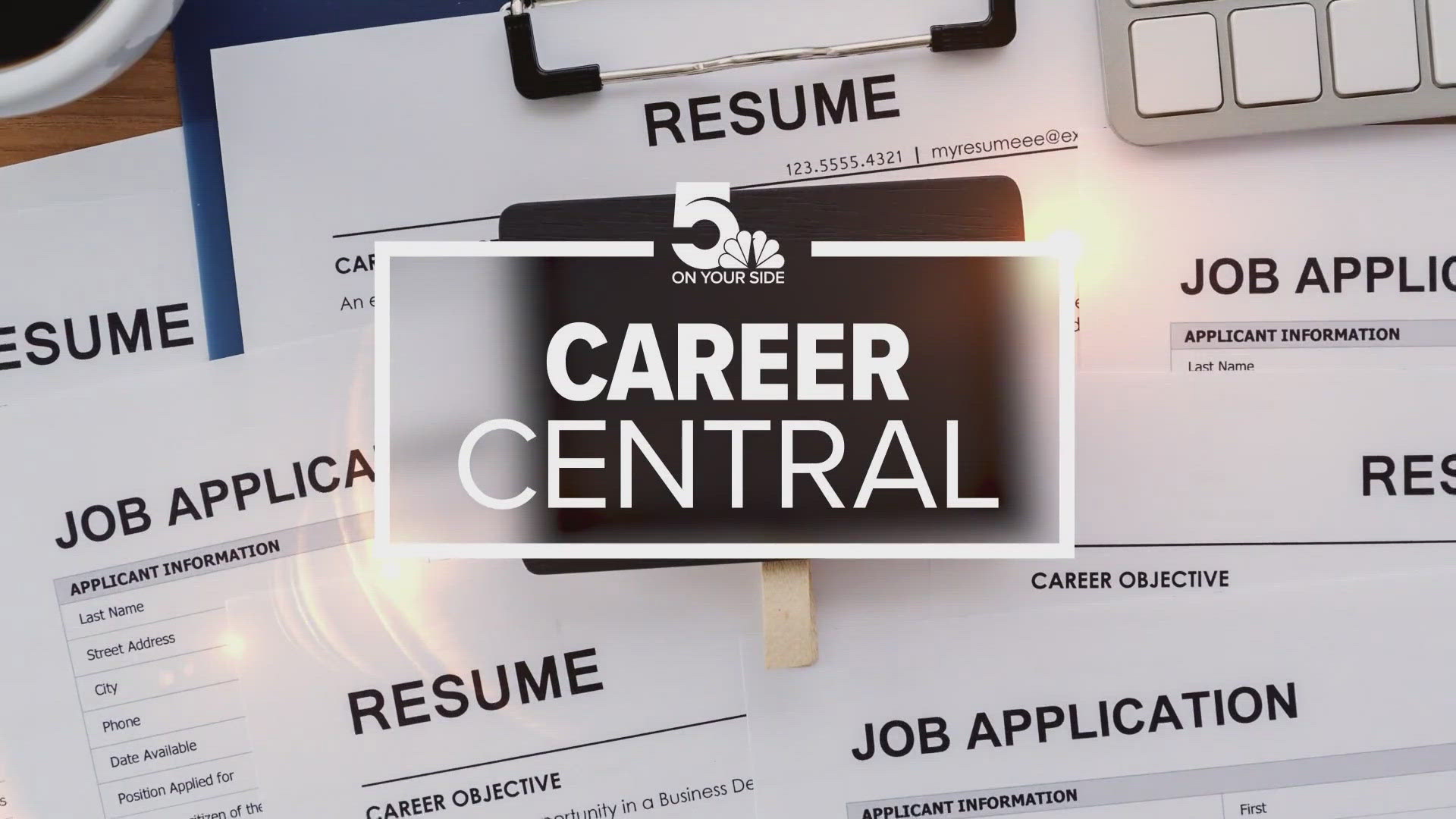So Much for Economic Theory
How does one accurately predict the future when long-held standards change? Economists must grapple with this challenge when trying to predict relationships between jobs, wages, and inflation.
Standard economic theory dictates that as unemployment drops — and fewer workers are available to fill positions — wages should rise as employers compete for the services of remaining workers. Inflation should rise as a result. However, our post-recession economy defies that pattern.
Are we in a new economic paradigm, where traditional economic rules may be set to join traditional political rules in America's collective trashcan? Perhaps – or there may simply be other factors we have not been considering.
Jobs Strong, Wages Weak
Aside from occasional monthly anomalies, job growth has been relatively strong. According to the Bureau of Labor Statistics (BLS), America's unemployment rate was at 4.4% in June, well below the 5% generally considered full employment. Unemployment has been at 5% or below since September 2015, and May's value of 4.3% was the lowest since May 2001. The U-6 unemployment rate, which includes "marginally attached workers and those working part time for economic reasons," is also at pre-recession levels.
BLS reported that 222,000 jobs were added in June, and the April and May estimates were increased by 47,000 total jobs. The unemployment rate ticked up slightly because opportunity is bringing more workers back to the job market.
While job growth is substantial, wages are stubbornly refusing to follow the playbook. Average earnings in June increased to $26.25 per hour, a 2.5% increase over the previous year. That's a fairly typical 12-month wage increase since the beginning of 2015 – an improvement over the general 2% annual increase between 2010 and 2015, but not by much. The average inflation rate since 2009 is well below 2%, a value consistent with low wages.
In an economy that is approximately 70% driven by consumer spending, sustained economic growth requires that workers have sufficient discretionary income. Is our slow recent wage growth just an artifact of a long recovery from a deep recession, or are there more fundamental forces at work? That is subject to debate among economists and policymakers.
Maybe It's Productivity
Despite the rosy unemployment numbers, the labor pool still contains slack – as millions of "discouraged workers" have exited the labor force in recent years. Economy watchers such as Sean Stannard-Stockton, CFA of Ensemble Capital, view these people as a hidden segment of the unemployed. Economists in this camp contend that the recovery still needs to absorb more workers before traditional economic rules kick in.
Other suggestions include that of Cathy Barrera, Chief Economic Adviser at ZipRecruiter, who believes that the larger pool of young workers with limited or no experience allows employers to select these lower-wage workers and train them in lieu of raising wages for others.
Government policy also plays a role. The Federal Reserve's policy on interest rates has fostered slow and steady growth in order to prevent inflation from rising – yet inflation has been running at or below the Fed's 2% target for years.
To dig deeper, it helps to look at the labor market from a productivity viewpoint. A report from the Economic Policy Institute (EPI) notes that from 1948 to 1973, changes in productivity and hourly compensation were well correlated. That relationship split in 1973 with the cumulative changes in productivity far outpacing compensation, a trend that continues today.
EPI suggests lack of compensation equality as a major factor. Increased automation also plays a role, as far fewer people are required in many industries as compared to 1973. EPI's main point is that much of the income created by increases in productivity is not making it back to the average worker – it's either going to capital improvements or to compensation at the highest levels.
An analysis by Neil Irwin of the New York Times echoes this point, although Irwin detects a slight change over the last few years. Irwin notes that while wage growth seems weak, workers are actually taking home a greater slice of the income gains given equally weak gains in productivity over the last few years. Irwin suggests this may reflect minimum wage increases and Obama-era government efforts to benefit front-line workers.
In essence, we've seen a very slight shift in the productivity and compensation patterns. The issue must be addressed by both increasing growth and finding ways to get a larger share of that growth into worker's pockets to perpetuate the cycle. While labors' slice of the pie is increasing, it hasn't increased by much in historical terms – and the overall pie isn't growing fast enough to feed all the new workers coming to the table.
The Takeaway
While it appears traditional economic relationships between unemployment rates and wages don't apply at present, you are more likely concerned about the effects on your own employment situation. Regardless of the macroeconomic situation, you can improve your chances of maximizing income by making yourself as valuable as possible in your existing job and planning for your next one – whether it's with a same employer or a different one.
If one of the underlying problems is a mismatch between your skills and available jobs, lay out a plan to improve those skills over the coming months (or years, if required). Which job are you targeting? Do you need more specific training? Is a new college degree required? It won't be easy to execute this plan, but few worthwhile things in life come easily.
If you are content where you are, that's great – not many workers have their dream job. Just don't forget to ask for a raise occasionally, and make sure that the quality and quantity of your work merits one. Also make certain that you are preparing sufficiently for the next phase of your life. Let the free Retirement Planner by MoneyTips help you calculate when you can retire without jeopardizing your lifestyle.
This article was provided by our partners at moneytips.com.
To Read More From MoneyTips:
Photo ©iStockphoto.com/TheaDesign


